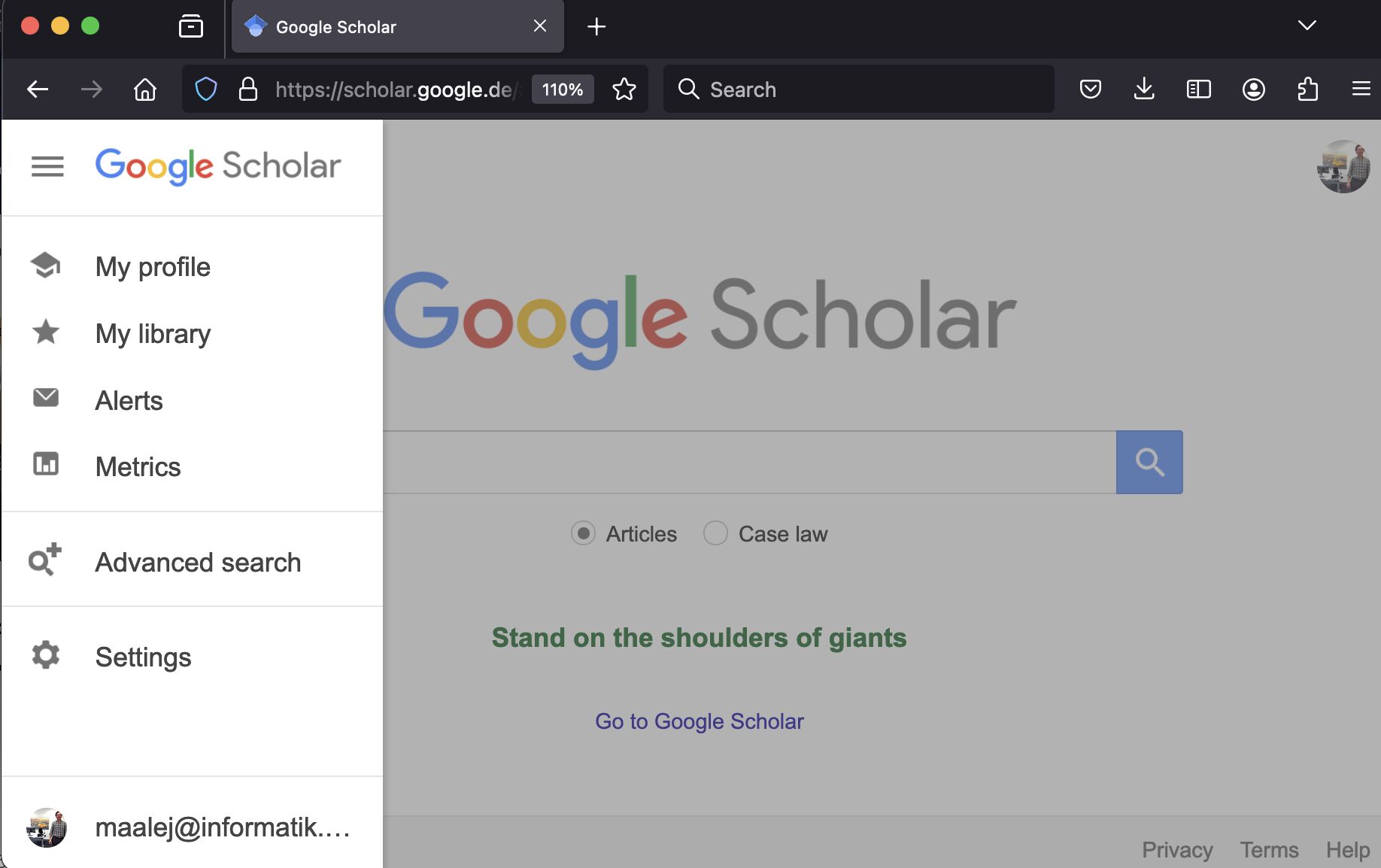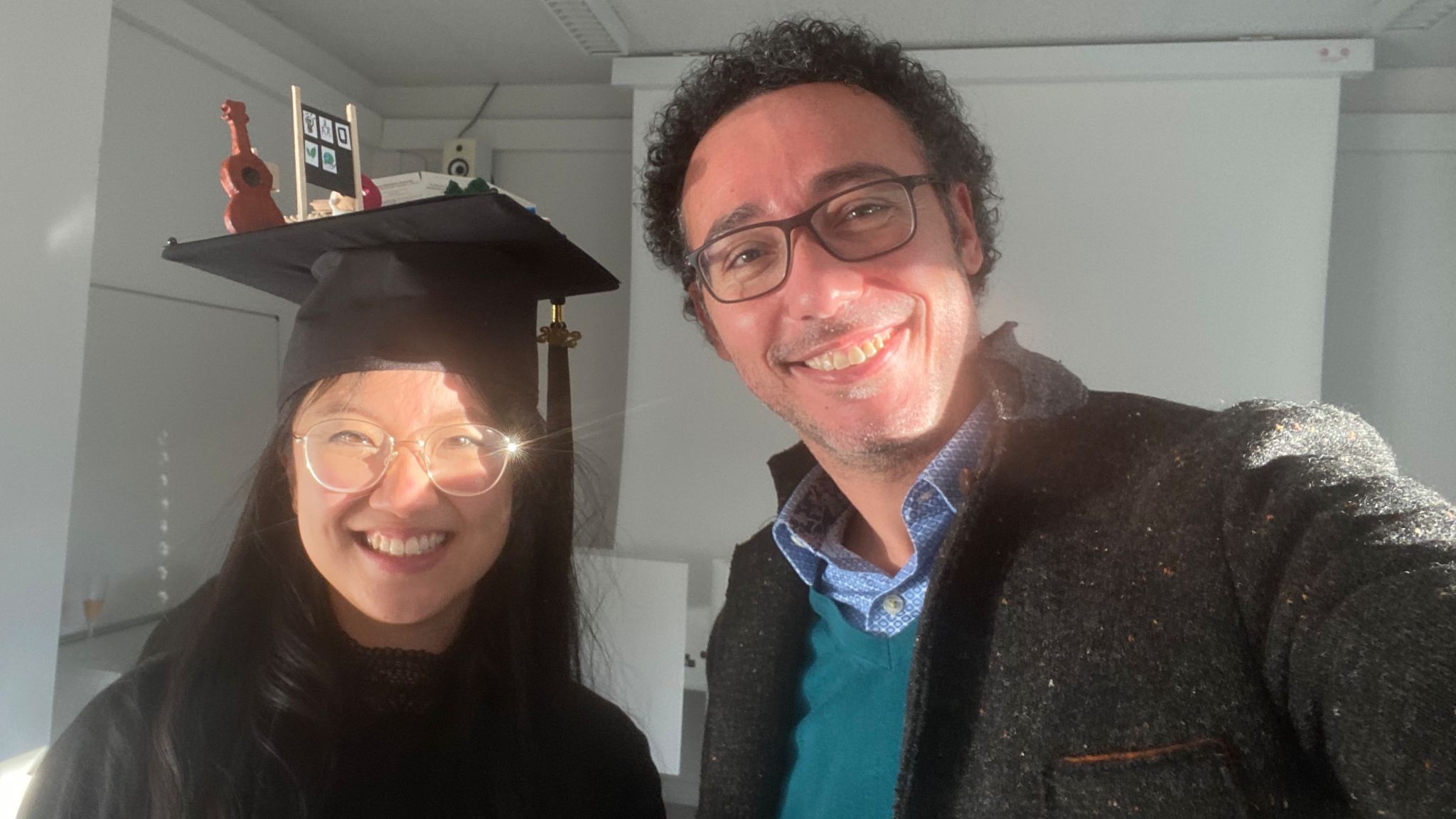How do I use Google Scholar pages for evaluating research impact?
Google scholar has become a very popular tool in academia, but at the same time, a very controversial tool too: While some colleagues love it because it enables to quickly assess the work popularity of researchers and communities, others hate it as it oversimplifies academic impact and can be easily misused.
As for every powerful tool (think about your drilling machine or your car), it should be used carefully. Here a few heuristics I use when reviewing the Google Scholar pages of researchers:
- I consider not only at the H-Index but also at the total number of citations. Of course those figures must be considered within the research community as different communities has different thresholds and visibility. For instance, people working on hashtag#AI or computer vision usually have higher values those days.
- I10-index is quite useful as a “de-noising” metric as it basically count “serious” publication that got at least 10 citations. I often look at ratio between H-index and I-Index. For instance, the page of esteemed colleague Tom Zimmermann is an excellent example. Not only is the H-Index of >80 very high, the ratio ~80/180 basically says that every second paper he publishes is getting 80 or more citations. That’s huge. An excellent mix of quality and quantity.
- It’s important to look at the “academic age” of the researcher (the time factor). Academics working for a longer period of time usually attracts more citations. This can be estimated with the start year of the citations in the bar plot.
- Co-authors reveals much about the collaboration style of the author, the diversity of collaborators, number of contributions, collaboration with students vs with colleagues etc.
- I often combine Google Scholar with DBLP to understand in which venues the author usually publishes. Respected and impactful venues are a sign of quality and impact (but not always the case of course). For senior authors, a good mix of venues is often desirable (going beyond the comfort zone).
Needless to say that this is just one tool that focuses on one signal which is the citation count. It is very important to consider other aspects for assessing academic impacts, such as students, mentees, teaching impact, tools, patents, tech-transfer activities, and of course the quality of the contribution itself (which need the reviewing/understanding of the work and its novelty). I will write about this in a separate post if there is interest.



